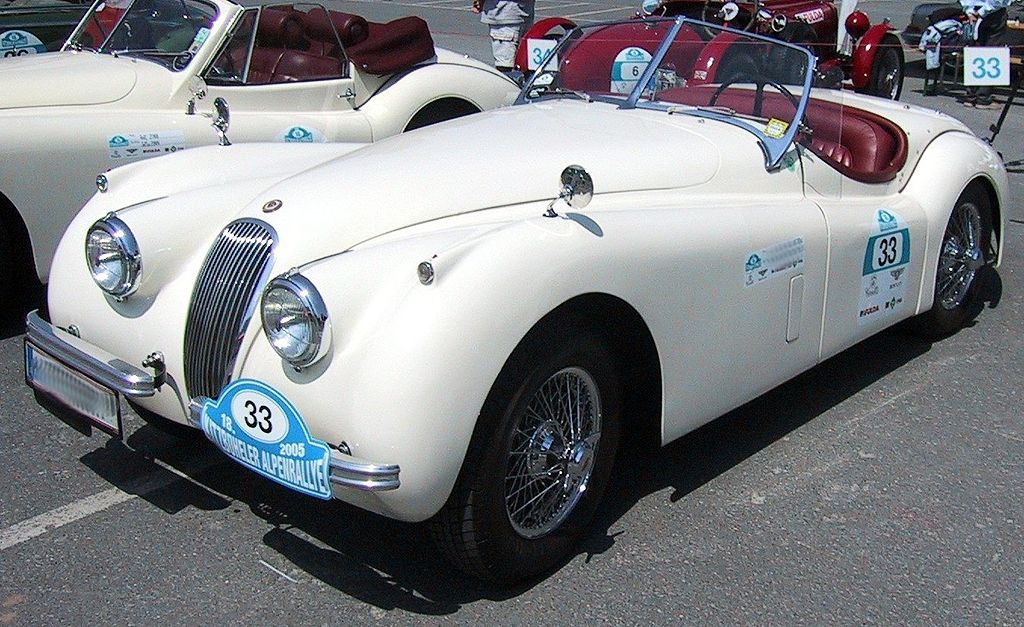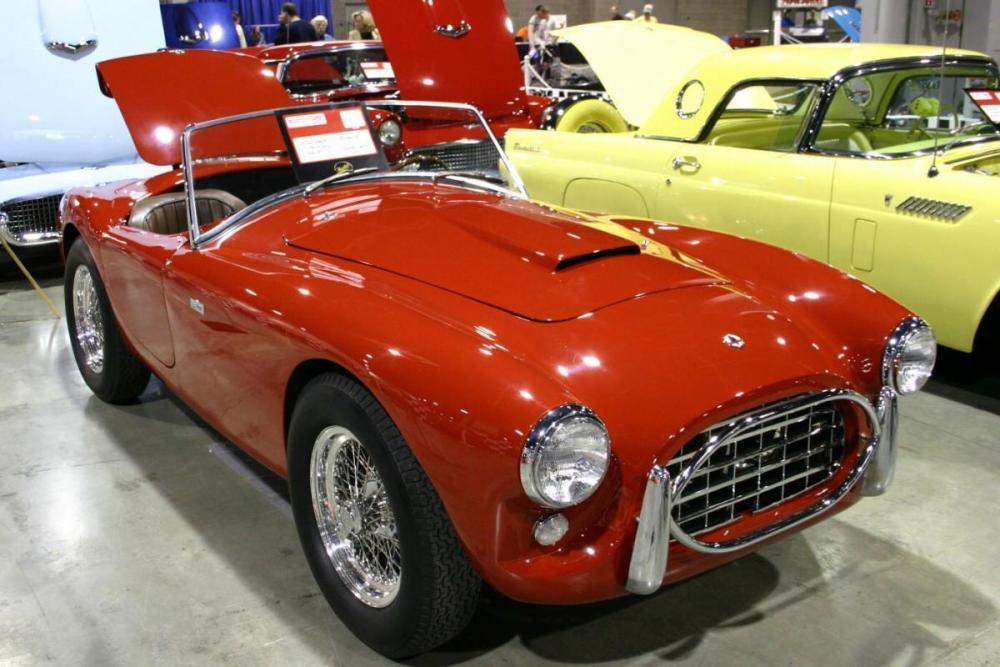The decade following the Second World War saw an "immense growth of interest in the sports car, but also the most important and diverse technical developments and very rapid and genuine improvement in the qualities of every modern production car; assisted by new design and manufacturing techniques a consistently higher level of handling properties has been achieved."
In Italy, where by far the majority of everyday touring models were provided by Fiat, a small but wealthy market segment allowed for the manufacture of a limited number of high-performance and elegantly bodied models directly allied to contemporary Grand Prix machines.Chief among them was Enzo Ferrari, whose 1948 166 S was the subject of stunningly simple coachwork by Carlo Anderloni of Carrozzeria Touring, called "Barchetta" or "Little Boat", and which is considered “one of the most important sports cars ever constructed”. In 2017 a 1950 166MM barchetta was reported to be up for auction at an expected price of USD $10.4 million. A new concept altogether was the modern Gran Turismo class from Italy, which was in effect unknown before the war: sustained high speed motoring from relatively modest engine size and compact closed or berlinetta coachwork.
In Germany the motor industry was devastated by the war, however a small number of manufacturers brought it to prominence once more. In 1948-9 the first Porsche appeared under the aegis of Dr. Ferry Porsche, son of Ferdinand Porsche. In 1957, author John Stanford wrote that the original Porsche 356 was "an 1100-c.c. version of the Volkswagen, itself a [pre-war] Porsche design, differing only in the most elegant, light and low-drag coachwork which has since become familiar. Since then numerous design changes have taken place and except for general layout the car has little in common with its parent. All models except the sports-racing "Carerra" and "Spyder" have had an opposed four-cylinder air-cooled engine set behind and driving the rear axle, a four-speed gearbox with Porsche's own excellent synchromesh, and laminated torsion bar suspension to all wheels. The short stroke of the engines has meant exceptionally long life and hard-wearing qualities, and the beautifully profiled coachwork has led to exceptionally refined high performance in view of their modest engine size. This has been progressively increased to the current 1488-c.c. and 1582-c.c. sizes, and the cars are geared to sustain cruising speeds comfortably near their top speed, which varies between 90 and 110 mph; the most popular of the series weighs only 16 cwt. As much as any current production car the Porsche represents to the smallest detail the very definite ideas of its designers as to what constitutes agreeable fast motoring. Future historians must see them as among the most important of mid-century production cars." Stanford thought the contemporary German Mercedes 300SL just as remarkable, and it is covered in the accompanying grand tourer article.






.jpg/1024px-Porsche_356A_1956_1500_S_Coupe_LSideFront_PorscheM_9June2013_(14826038018).jpg)
.jpg/1024px-Porsche_356A_1956_1500_S_Coup%C3%A8_LSide_PorscheM_9June2013_(14826017200).jpg)






.jfif)


No comments:
Post a Comment